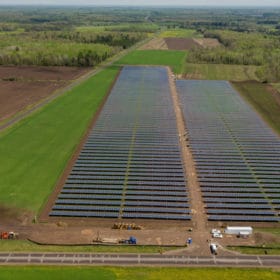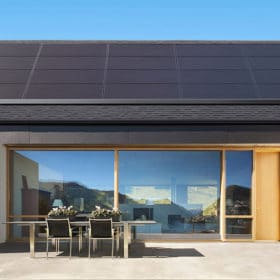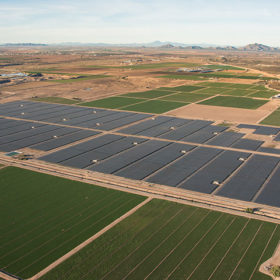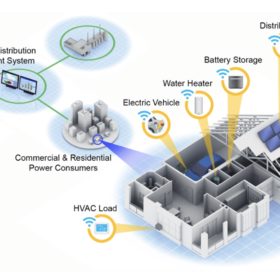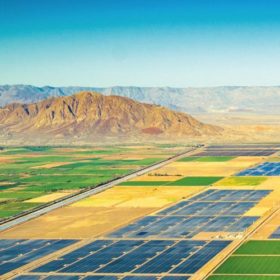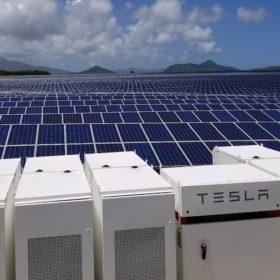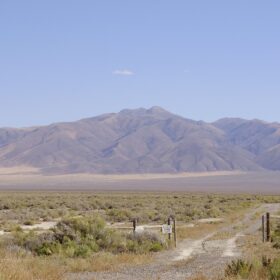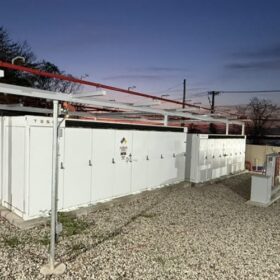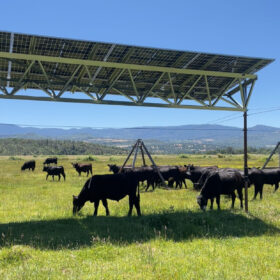Wisconsin governor orders 100% carbon-free power by 2050
Governor Tony Evers has signed an executive order directing the state’s Department of Administration to create an Office of Sustainability and Clean Energy, which will be tasked with achieving the lofty carbon-reduction goal.
Sanders dreams of electric sheep, Sungrow considered 100% bankable: pvMB 8/20/19
Hello one and all and welcome to your Tuesday edition of the pvMB. Today we’ve got on our plates NEC installing over 20 MW of energy storage in Maine and Massachusetts, Biomethanation, Neo Volta’s N14 simultaneously operating DC and AC and more!
Tesla will rent you a solar array for $50/month
Elon Musk is trying just about everything to reimagine the solar business. But will this one work?
sPower begins to deliver on $25 million promise
The solar developer is set to begin pumping money into a fund that will eventually deliver $25 million to benefit Spotsylvania County. The fund will hopefully also deliver some goodwill towards sPower, whose massive solar project in the county has encountered intense opposition.
Pennsylvania’s largest solar project, SolarEdge’s new co-chair: pvMB 08/19
Welcome back to the workweek and to the pvMB. Today we’ll be taking a look at an award-winning solar home cooking system, GivePower donating solar desalinators and more!
Hanwha Q Cells achieves top-tier bankability, solar panels stolen in Indiana: pvMb 8/16/19
TGIF and welcome to this Friday’s pvMB. Today we’ve got our sights set on Sunnova and PetersonDean’s California partnership, Pivot energy’s hiring, SimpliPhi cutting battery prices and more!
A household-scale virtual power plant has arrived
Aiming for 70% clean energy by 2030, Colorado’s Holy Cross Energy is piloting a household-scale virtual power plant technology that will help integrate more rooftop solar and storage. A device in each home optimizes provision of power to the grid, as well as grid services.
Is a California solar+storage boom about to happen?
CAISO has warned state regulators that there could be a 4.7 GW capacity shortfall in 2022, in the early evening hours of the annual peak demand events of September. The grid operator has suggested alteration of water cooling laws, as well as increased procurement of resources.
pvMB: Pennsylvania’s new RPS has 100 cosponsors, Utah’s hidden solar potential, more
Hello one and all and welcome to today’s pvMB. On this fine day we’ll be looking at Marin Clean Energy’s $2.8 million net metering paybacks, Utah’s hidden solar potential, Standard Solar’s new community solar e-book and more!
Solar gets by with a little help from its friends
Hidden in a natural gas plant modification application, Duke Energy has released findings that constant ramping is causing solar to contributes increased emissions onto the grid. If only there was some way to cover solar’s shortfalls without fossil fuels.
